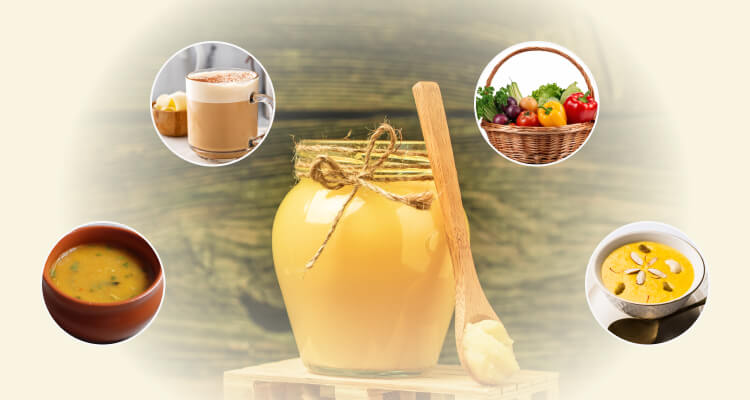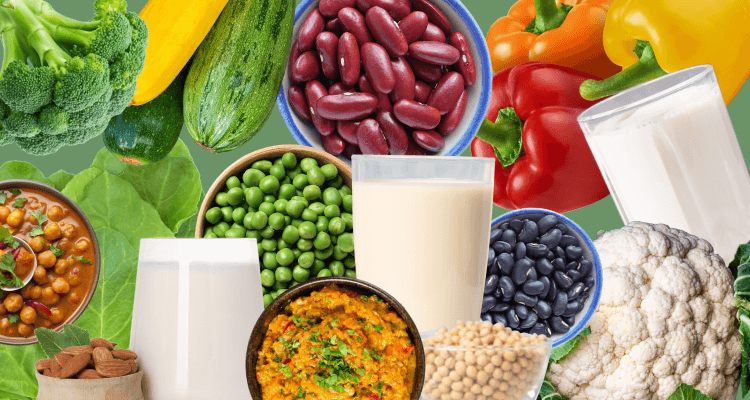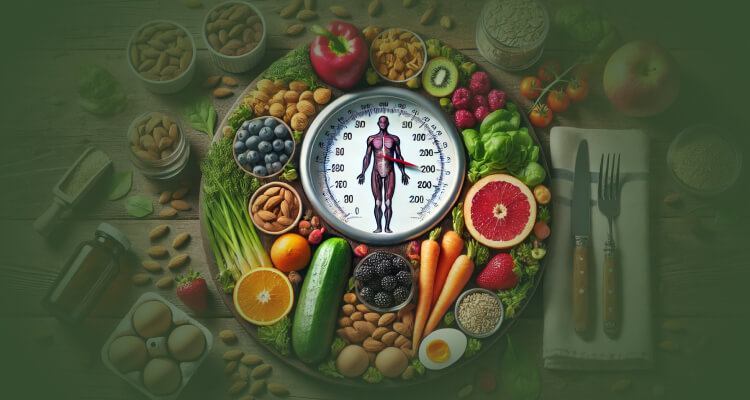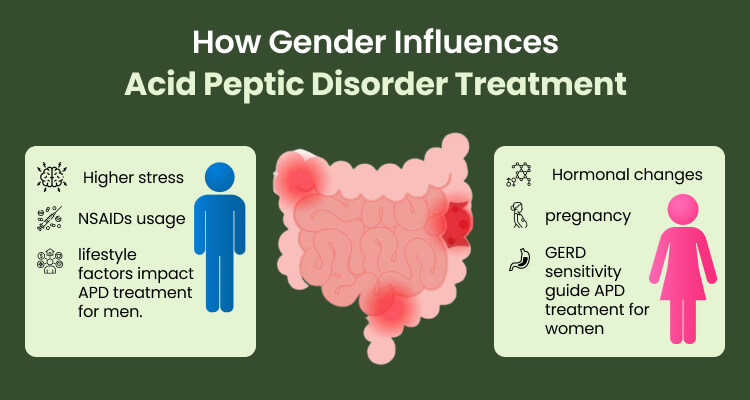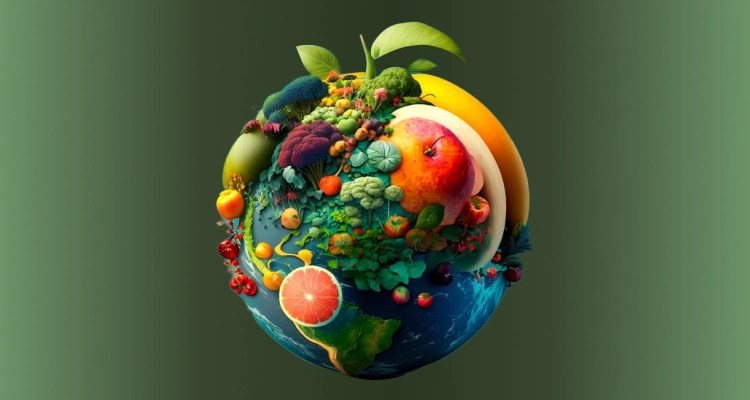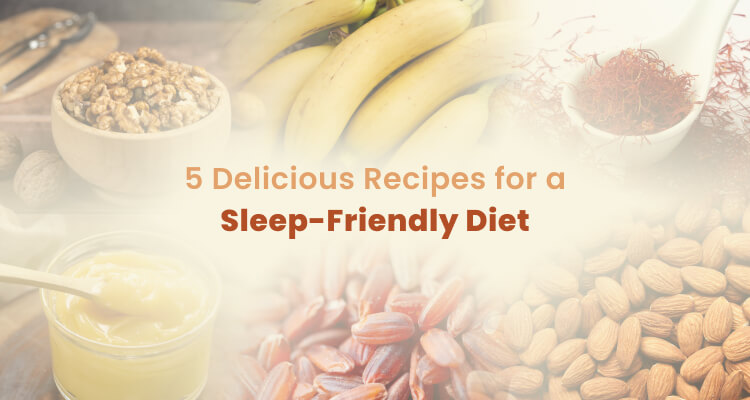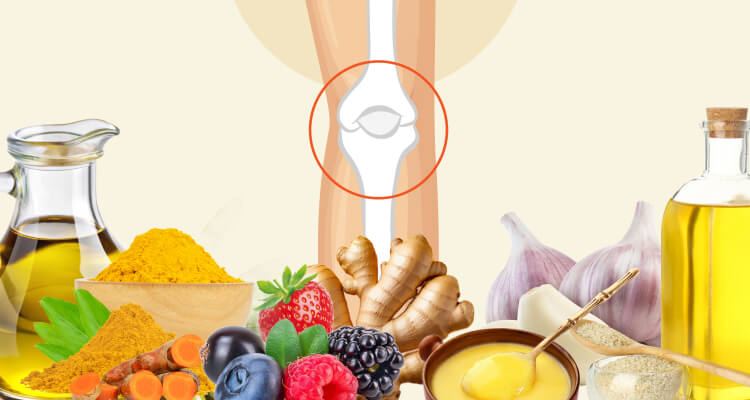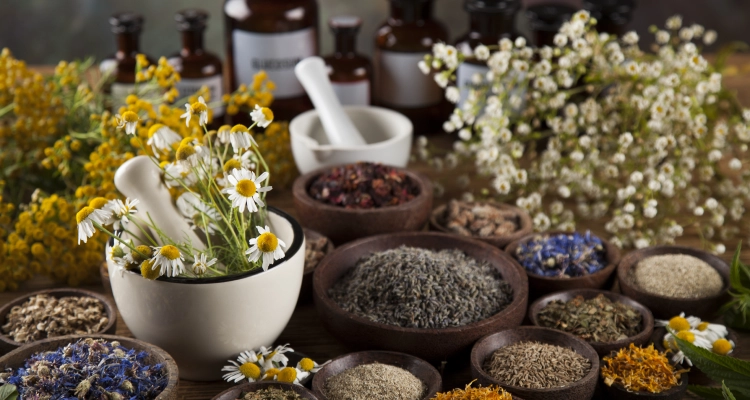Is ghee a heart-friendly superfood or a cholesterol-raising culprit?
For millennia, Ayurveda has celebrated ghee as both food and medicine. In modern nutrition, however, there are mixed views on its impact on cholesterol—some studies even suggest it may raise lipid levels in certain individuals, while others highlight potential cardiometabolic benefits when consumed moderately.
A randomized trial published in the British Journal of Nutrition (2021) compared ghee and olive oil, showing that while both fats were generally safe in healthy adults, ghee was associated with a modest rise in LDL levels in some participants, suggesting individual response and moderation are key.
With growing interest in holistic wellness, it’s time to separate fact from fiction.
For those unfamiliar with ghee, choosing the right type can be confusing. Should you buy it? Make it at home? What’s the difference between regular and cultured ghee? And does aged ghee really hold medicinal value?
Let’s explore how this golden elixir fits into both Ayurveda and heart health, so you can make informed choices for your well-being.
What Makes Ghee Special in Ayurveda?
Unlike regular butter or cooking oils, ghee is not just a fat—it’s medicine in Ayurveda. Here’s why:
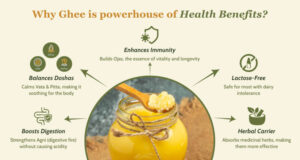
In Ayurveda, ghee is far more than a cooking ingredient—it’s therapeutic. Here’s why:
- Enhances digestion: Unlike most fats, ghee strengthens the digestive fire (Agni) instead of slowing it down.
- Acts as a carrier (Yogavahi): Ghee absorbs nutrients and medicinal properties from herbs, making them more effective.
- Balances Doshas: It soothes Vata and Pitta, making it cooling and calming.
- Lactose-friendly: Since ghee is pure fat, it’s usually safe for those with lactose intolerance.
- Anti-aging properties: Considered a rejuvenator (Rasayana), ghee is said to boost longevity, vitality, and immunity.
- Ojas booster: Ayurveda describes ghee as enhancing Ojas, the essence of vitality and immunity.
- Wound Healer and Protector: Used as a wound healer and a soothing balm for burns and skin irritation.
- Cosmetic benefits: Ancient Ayurvedic beauty rituals include ghee for skin hydration, wrinkle reduction, and even as a natural lip balm.
Antidote to toxins: Ghee is referenced in classical texts as a detoxifier, believed to counteract certain toxins and poisons. In the Charaka Samhita, one of Ayurveda’s foundational texts, ghee is described as an antidote to certain poisons.
According to Charaka Samhita, Sutrasthana (Chapter 27, Verse 232-234), ghee is believed to neutralize the effects of toxins and reduce their potency. It is specifically mentioned in the context of Visha Chikitsa (toxicology) as a therapeutic agent used to counteract certain poisons.
Understanding Ghee and Cholesterol: The Ayurvedic Perspective
Many fear that ghee might increase cholesterol, but Ayurveda sees cholesterol as essential for health—when balanced correctly.
- LDL (Low-Density Lipoprotein): Often referred to as “bad” cholesterol, it can lead to plaque accumulation in the arteries.
- HDL (High-Density Lipoprotein): Known as “good” cholesterol, it assists in clearing LDL from the bloodstream.
Ghee, when properly sourced and consumed correctly, does not clog arteries—instead, it lubricates joints, nourishes tissues, and strengthens digestion. Studies suggest that when consumed in moderation, ghee can increase HDL (good cholesterol) while maintaining overall balance.
Grass-fed and cultured ghee contains short-chain fatty acids (SCFAs) like butyrate, which support heart and gut health. Unlike processed oils, ghee is free from trans fats and inflammatory compounds.
Which Ghee should you choose?
Not all fats are created equal, and ghee is a unique kind. Unlike regular butter, ghee is clarified, meaning the milk solids are removed, leaving behind pure golden fat. But did you know not all ghee is the same? Most store-bought ghee in the U.S. is not the same as what Ayurveda recommends.
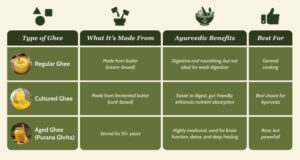
Regular Ghee
Commonly available and made by heating butter until the solids separate.
Cultured Ghee
Most people are familiar with clarified butter, but cultured ghee is a step beyond—steeped in tradition, yet grounded in science. Unlike regular ghee made from cream, cultured ghee is made from curd, going through a fermentation process that enhances its digestibility and Ayurvedic potency.
Here’s how the process unfolds:
Culturing (Fermentation)
Fresh milk or cream is first boiled and cooled, then inoculated with a natural curd starter. This converts the milk’s lactose into lactic acid, making it more gut-friendly—especially for those with lactose intolerance.
Churning (Bilona method)
Once the curd sets, it’s churned (traditionally by hand) to separate the butter (makhan) from the buttermilk. It is considered a sacred stage in Ayurveda, often done during early dawn (Brahma Muhurta), as the energy at that time is believed to enhance the sattvic quality of the ghee.
Simmering (Clarification)
The butter is then gently simmered on low heat. As it cooks, milk solids sink, water evaporates, and the butterfat transforms into golden ghee. The process, known in Ayurveda as Agni Sanskara, imparts therapeutic qualities to the ghee, making it easy to digest and absorb.
Skimming & Straining
The milk solids (or whey) are removed, and the remaining ghee is filtered. The result? Pure, aromatic, lactose-free ghee—ready for both your kitchen and your healing rituals.
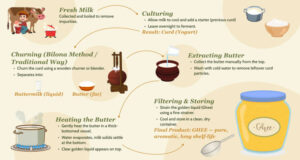
Milk → (Cultured) → Curd → (Churning) → Buttermilk & Butter → extract the butter → heat the butter → Ghee is formed.
Beware! Most store-bought ghee is made by heating milk cream, which can be harder to digest and is not “cultured.”
Why does this matter? Cultured ghee, made from curds, is praised in Ayurveda for being easier to digest and boosting the digestive fire, Agni. Whenever possible, look for ghee labeled “cultured” or “made from curds,” not cream. In Ayurveda, the way food is processed—known as Samskara—can significantly alter its properties and effects. Cultured ghee is considered healthier than regular ghee, particularly for individuals with lactose intolerance, as the lactose is converted into lactic acid through fermentation. Although bacterial cultures are used in the process, the high temperatures involved in ghee production and the removal of milk solids ensure that no bacteria survive. Additionally, sterilization eliminates any remaining microorganisms. The lactic acid produced during fermentation further inhibits bacterial growth, resulting in a pure, shelf-stable product. Cultured ghee does not require refrigeration and can be stored at room temperature for extended periods.
Aged Ghee (Purana Ghrita): Ayurveda’s Hidden Treasure
In classical Ayurvedic texts like Bhavaprakasha and Sushruta Samhita, Purana Ghrita—ghee aged for a year or more—is considered a potent rejuvenating (Rasayana) remedy. As it ages, its therapeutic potency is believed to increase, especially in applications related to the mind, metabolism, and nervous system.
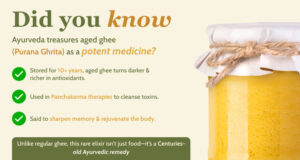
Ayurveda even categorizes aged ghee by its age:
- 1-year-old: Purana Ghrita
- 10-year-old: Prapurana Ghrita
- 100-year-old: Kaumbha Sarpi
- 111-year-old: Mahaghrita (the supreme elixir)
Aged ghee has traditionally been used for conditions such as epilepsy, memory loss, anxiety, and chronic digestive disorders. It’s especially valued for its role in mental rejuvenation and detox therapies like Panchakarma.
Modern research is beginning to support these ancient claims. A study published in AYUSHDHARA highlights how medicated ghee preparations (like Brahmi Ghrita) are effective in managing epilepsy. . These benefits stem from ghee’s lipophilic nature, which helps carry herbal compounds across the blood-brain barrier, increasing their bioavailability.
Also, ghee-based therapies may improve memory and reduce seizure recurrence, especially when used in conjunction with Ayurvedic detox practices like Nasya and Shirodhara.
Where to Find It?
Though extremely rare and often aged under specific storage conditions, aged ghee is still prepared and preserved in some Ayurvedic traditions. If you ever encounter Purana Ghrita, consider it not just a culinary item—but a therapeutic treasure.
How to Use Ghee for Maximum Health Benefits?
For Daily Wellness:
- Morning Ritual: Take 1 tsp of ghee on an empty stomach to lubricate the intestines and boost digestion.
- Golden Milk: Mix 1 tsp ghee + warm milk + turmeric before bed for deep sleep and anti-inflammatory benefits.
Caution: Best suited for individuals with strong digestion. Avoid if experiencing weak digestion, diarrhea, nausea, fever, or excess Kapha dosha, as it may worsen discomfort. Consult a healthcare or Ayurvedic expert if unsure.
For Cooking:
- Stable, Safe, and Sattvic: With a high smoke point of around 485°F, ghee is one of the most stable cooking fats available. Unlike many oils that break down and release harmful free radicals at high temperatures, ghee retains its structure, flavor, and nutritional properties even when used for sautéing, roasting, or frying. It means your food stays not only delicious—but cleaner and safer, too. Its stability makes it ideal for everything from stir-fries to deep-fried treats, all while preserving the good fats your body loves.
- Natural Flavor Enhancer: Ghee brings a deep, nutty aroma and a rich, caramelized flavor that elevates simple dishes like rice, lentils (dal), and roasted vegetables. Just a spoonful can transform an ordinary meal into something soul-satisfying.
- Better Texture & Taste: Ghee melts smoothly, making it perfect for slathering on toast, baking into muffins, or finishing off warm bread. Unlike butter, it has a more intense, slightly sweet flavor that enhances both savory and sweet dishes.
- Versatile Culinary Hero: From sautéing spices in Indian curries to drizzling over popcorn, ghee offers versatility with a gourmet twist. It adds warmth and depth without overpowering other ingredients.

How to Buy the Best Ghee?
Look For:
- Organic & Grass-Fed: Sourced from cows raised on pasture—richer in nutrients, especially CLA (conjugated linoleic acid) and omega-3s. No pesticides, no hormones.
- Cow’s Milk Only: Ayurveda favors native (desi) cow ghee for its sattvic, nourishing quality. Skip products that use buffalo or “mixed” milk—they’re heavier to digest and not traditionally recommended.
- Cultured Ghee: Made from fermented curd, not direct cream. It is Ayurveda’s gold standard, ideal for those with dairy sensitivities and known to support gut health and digestion (Agni).
- A2 Ghee: Derived from cows producing A2 beta-casein (e.g., Indian Gir, Sahiwal). Easier on digestion, and closer to the type of ghee referenced in ancient Ayurvedic texts.
- Small Batch or Slow-Cooked: Avoid mass-produced ghee. Traditional ghee is slow-cooked on low heat to develop its medicinal qualities. Some brands mention this—look for it.
- No Added Fats or Blends: Ghee should be just ghee. No palm oil, canola oil, or “vegetable fat.” If it’s blended, it’s not Ayurvedic ghee.
- Clarified vs Ghee? Not all clarified butter = ghee. True ghee involves “Agni Sanskara” (a specific Ayurvedic process using heat). Clarified butter may not offer the same benefits.
- Packaging Transparency
Look for brands that mention:
— Type of cow
— Source of milk (curd or cream?)
— Method of preparation
— Lab-tested for purity
Avoid:
- Ghee is made from non-organic, grain-fed cows (often lacks nutrients and may contain toxins).
- Preservatives, palm oil, flavor enhancers—these degrade quality.
- Labels that only say “clarified butter” with no mention of culturing, slow cooking, or Ayurvedic process.
- Brands that don’t mention milk source, origin, or method—transparency matters.
The Final Verdict
Ghee is an Ayurvedic superfood that supports digestion, immunity, and longevity when consumed mindfully. Choosing cultured, organic, grass-fed cow’s ghee or making your own ensures maximum benefits.
At Live Your Best Life, we empower you to embrace holistic wellness through a blend of therapeutic yoga, diet awareness, personalized food plans, lifestyle changes, and consultations with international holistic physicians. Our expert-led programs are designed to help you achieve physical vitality, mental clarity, and emotional balance.
Through customized yoga modules, tailored diet plans, and one-on-one holistic consultations, we guide you toward a healthier, more balanced lifestyle—one rooted in both ancient Ayurvedic wisdom and modern wellness practices.

